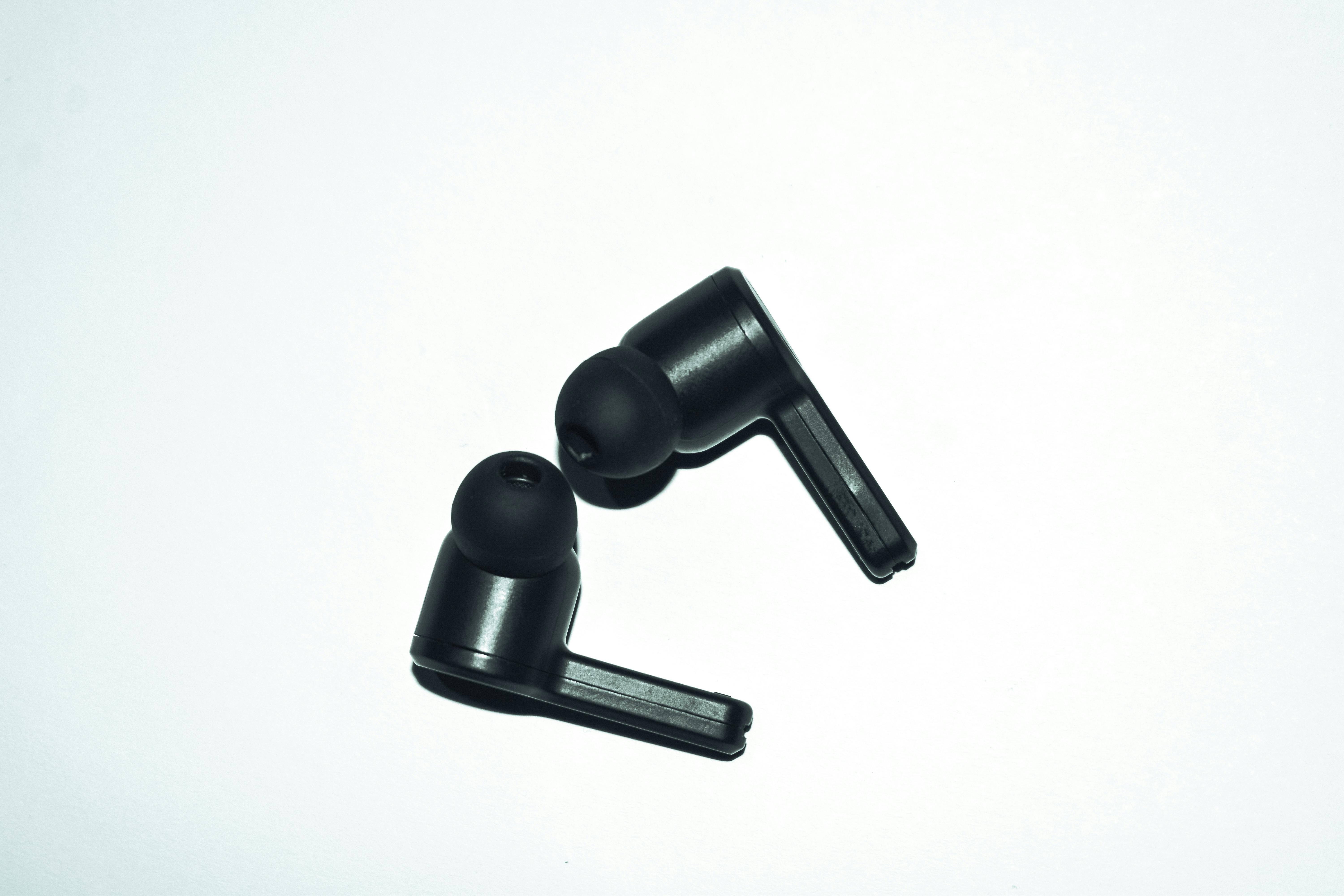How to block out sound

Soundproofing is something few homeowners or tenants give any consideration to, until they find themselves listening to unwanted sounds. Noise annoys, whether it's coming through a party wall or from a party elsewhere in your own home.
New-build homes are well insulated against extraneous noise, because they have to pass sound tests set out by the local council’s building control team. Nonetheless, a neighbour with a subwoofer or a propensity for house parties can make your life considerably less relaxing. As such, it’s useful to know how to block out both internal and external noises at home.
Coming in waves
Sound waves will ripple outwards from their source for a considerable distance, unless they encounter an impenetrable object that blocks their progress. A wealth of sound-deadening materials have been developed to do just that, including acoustic wall panels which absorb and interrupt sound waves while dramatically reducing echoes and reverberations. These panels can be decorative features in their own right, positioned behind plasterboard, wallpapered over or installed behind fitted wardrobes. Full-height wardrobes are another great way of blocking sound, since they place a solid door and a large volume of fabric against an internal or external wall.
Floors are another common source of sound leakage. Again, a variety of panels, sheeting and underlay can be deployed, depending on your preferred floorcovering and the amount of insulation desired. Acoustic underlay is highly versatile, while acoustic decks help to cushion both noise and impacts. Bass (in particular the rhythmic thudding of a bass drum) tends to carry more than higher frequencies, and vibrations can be uniquely annoying. A drumkit might benefit from installation on a false floor, with an extra layer of chipboard and dense insulating material between the foot pedals and the floor – regardless of whether the latter is timber or concrete.
Bringing the outside in
With winter now a distant memory, people are breaking out their hedge trimmers and leaf blowers, hiring hot tubs and dusting off the barbecue. Enjoying outside space is one of life’s great pleasures, though neighbours may not be so enthusiastic. Fortunately, there are plenty of ways to muffle exterior sound, starting with hedging. We’ve previously written about the benefits of a well-tended hedge, and sound deadening is a key advantage whether you live beside a main road or next to a large family.
Again, the secret to a peaceful garden involves disrupting those pesky sound waves. Acoustic screens and noise protection panels are readily available from internet stockists, suitable for fences, patios or balconies. Consider replacing your timber fence with a more solid alternative like brick, which helps to dampen down outside noise, though dedicated sound-blocking wooden slats may also be effective. If you fancy something eye-catching, exterior soundproofing blankets are large fibreglass and polyester panels which often resemble quilted leather. They stop sound leaking in – and also prevent it leaving your garden if you’re the one making all the noise.
Technology to the rescue
You may be able to block out one sound with another. White noise machines produce a calming hum that benefits tinnitus sufferers as well as making more distant sounds harder to hear, and ambient music (readily available on YouTube and Spotify) blocks out short-term disruption from a party or building work. Passive sound cancelling headphones are highly effective when consuming media content, whereas active and adaptive noise control technology emits neutralising soundwaves to effectively cancel out the original noise. Finally, don’t underestimate the calming properties of wax, foam or silicone earplugs…
Back to Latest Posts




